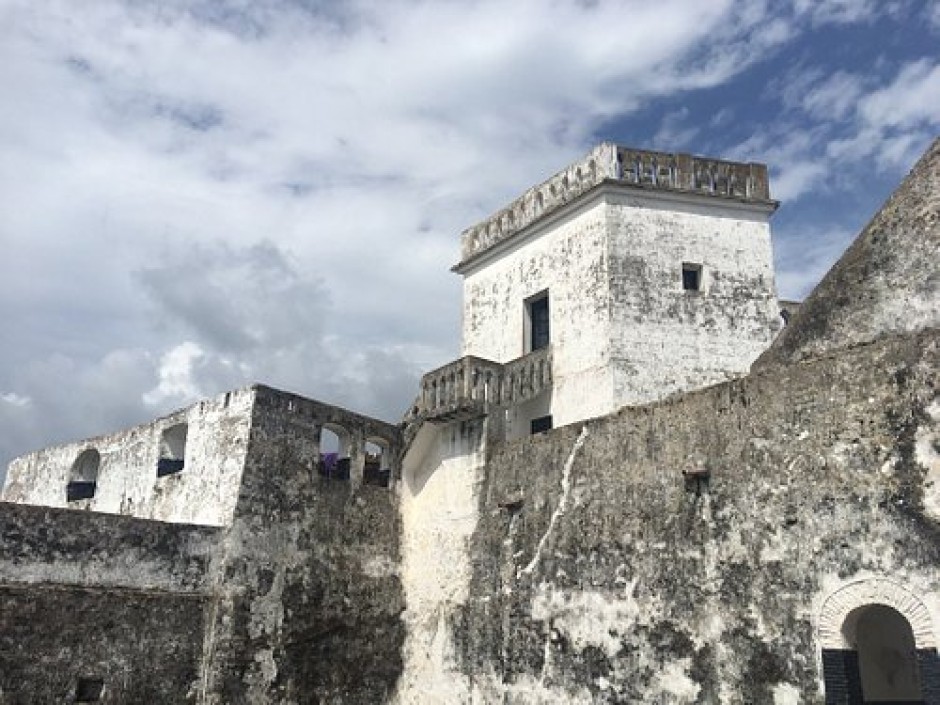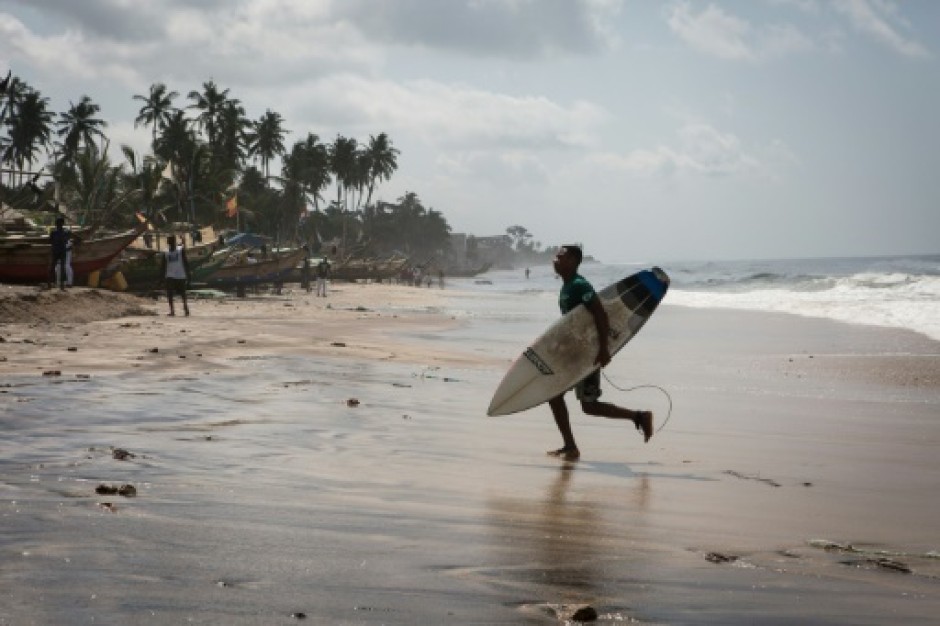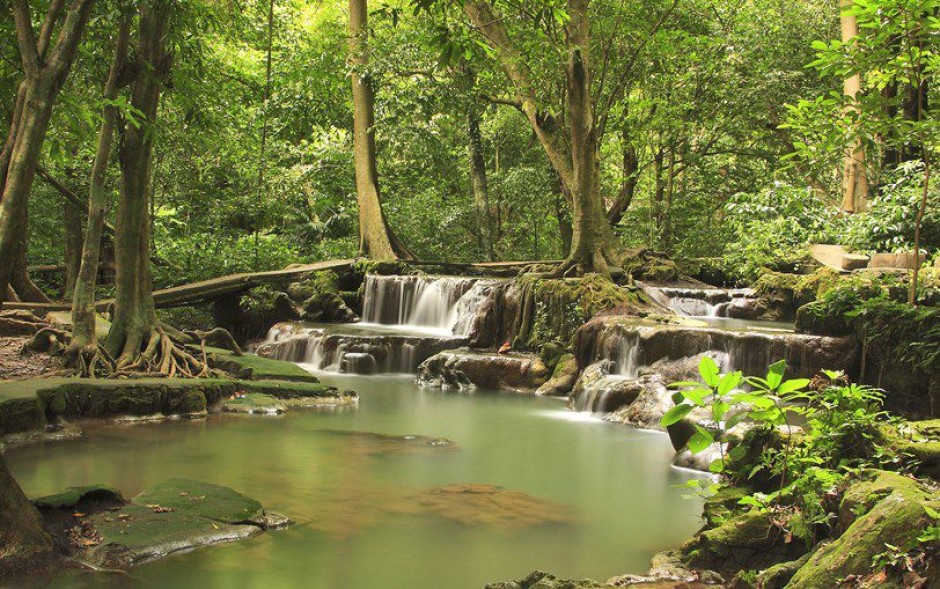Akatekyi Crocodile Pond: A Place...
September 29, 2025
In the mosaic of Ghana's diverse regions, the Western North Region emerges as a relatively new yet vibrant addition, created in 2019. Nestled between the Ivory Coast to the west and surrounded by the Central, Ashanti, Ahafo, Bono East, and Bono regions, this region has quickly become a distinctive entity on the nation's map.
The Western North Region boasts a geographical tapestry that sets it apart. Bordered by the Comoé District in Ivory Coast to the west, the Central region in the southeast, and several other regions to the north, it encompasses an area with the highest rainfall in Ghana. This unique climate contributes to lush green hills and fertile soils, creating an environment conducive to diverse flora and fauna. The region is home to numerous small and large-scale gold mining companies, adding an economic dimension to its natural richness.

At the heart of the Western North Region's cultural identity are the Sefwis, who dominate the ethnic landscape. The Sefwi people contribute to the vibrant cultural tapestry of the region, fostering traditions that echo through its hills and valleys. The main languages spoken in this cultural enclave include Sefwi, Akan, French, and English, reflecting a linguistic diversity that mirrors the region's historical and cultural influences.
The genesis of the Western North Region can be traced back to the political landscape of Ghana in 2016. The New Patriotic Party, in its electoral promises, pledged the creation of new regions. After securing victory, President Nana Akuffo Addo fulfilled this commitment by establishing the Ministry of Regional Reorganization. Under the leadership of Hon. Dan Botwe, the ministry orchestrated the plans for the creation of six new regions, including the Western North Region. The blueprint for this transformation was presented to the Council of State in March 2017, paving the way for a referendum on December 27, 2018, where the residents of the proposed region expressed their desire for its establishment.

The Western North Region beckons to tourists with several forest reserves that serve as natural attractions. These reserves showcase the region's commitment to preserving its ecological treasures. Moreover, the region is home to numerous post-secondary schools, including teachers' and nursing colleges, contributing to the educational landscape of Ghana.

In August 2021, the region faced a health challenge with an outbreak of H5N1 avian influenza. This incident underscored the region's resilience and its capacity to respond to unexpected health crises.
The political administration of the Western North Region operates within the framework of the local government system. Comprising nine MMDAs (Metropolitan, Municipal, and Ordinary Assemblies), each unit is guided by a Chief Executive and a presiding member elected from among its members. This administrative structure ensures governance that is both representative and rooted in the principles of local autonomy.
In conclusion, the Western North Region stands as a testament to Ghana's commitment to growth, diversity, and regional development. Its unique blend of nature, history, and promise positions it as a vital player in Ghana's ongoing regional evolution narrative.
September 29, 2025
September 29, 2025
September 26, 2025
September 18, 2025
September 18, 2025
September 4, 2025
September 3, 2025
August 28, 2025
August 19, 2025
August 8, 2025